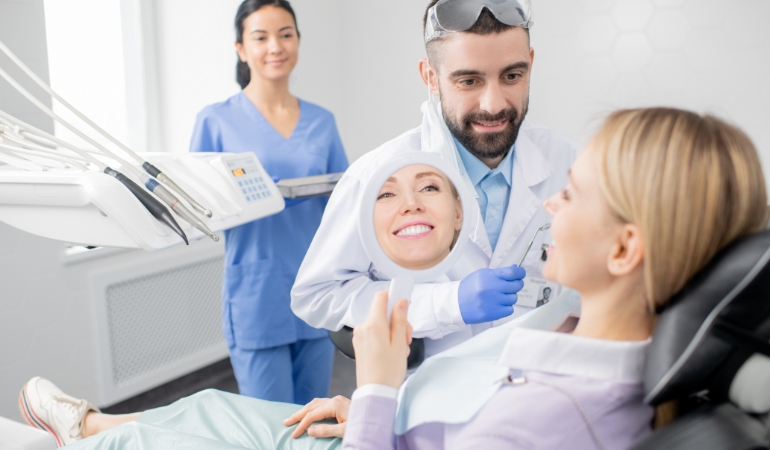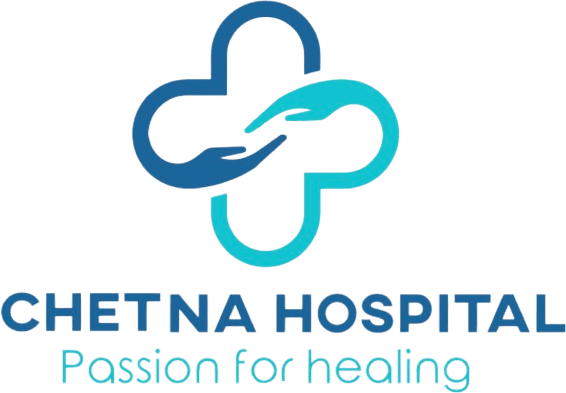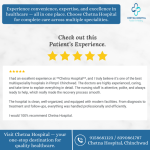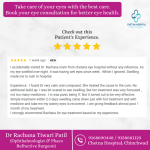A slip disc, also known as a herniated disc or disc prolapse, is a common spinal condition that occurs when the soft, jelly-like center of a spinal disc pushes out through a tear in the outer ring of the disc. This can irritate nearby spinal nerves and result in pain, numbness, or weakness in the arms or legs, depending on the location of the herniation.
Spinal discs act as cushions between the vertebrae (spine bones), absorbing shock and allowing flexibility. When one of these discs slips or ruptures, it affects the surrounding nerves, often leading to discomfort and movement issues.
Common Causes of a Slip Disc
Several factors can lead to a herniated disc. These include:
Aging (Degenerative Disc Disease): As we age, spinal discs naturally lose water content and become less flexible, making them more prone to tearing or rupturing.
Improper Lifting Techniques: Lifting heavy objects using the back instead of the legs increases the risk of disc injuries.
Poor Posture: Sitting for long hours with poor posture can strain the spine and cause disc issues over time.
Sudden Trauma or Injury: Accidents or falls can result in a slipped disc, especially in younger individuals.
Obesity and Sedentary Lifestyle: Excess weight puts added pressure on the lower back, and lack of activity weakens core muscles that support the spine.
Symptoms of a Herniated Disc
The symptoms vary depending on the location of the herniated disc. It most commonly occurs in the lower back (lumbar spine) or neck (cervical spine).
Lower Back (Lumbar Slip Disc):
Pain in the lower back
Shooting pain down one leg (sciatica)
Numbness or tingling in the legs
Muscle weakness
Neck (Cervical Slip Disc):
Neck pain
Pain radiating to the shoulder, arm, or fingers
Numbness or tingling in the hands
Headaches in some cases
The pain typically worsens with movement, bending, or sitting for long periods.
Treatment Options
Most cases of a slip disc do not require surgery. Conservative treatments are often effective:
Rest & Activity Modification: Short periods of rest and avoiding activities that worsen symptoms can help.
Medications: Anti-inflammatory drugs and painkillers can reduce inflammation and provide relief.
Physiotherapy: Guided exercises help strengthen back muscles and improve posture.
Hot/Cold Therapy: Applying heat or cold packs can ease muscle tension and reduce inflammation.
Lifestyle Changes: Weight management, ergonomic adjustments, and posture correction are crucial for long-term relief.
When is Surgery Needed?
Surgical intervention is considered if:
There is no improvement with conservative treatment over 6–8 weeks
The patient experiences severe pain or progressive muscle weakness
There is loss of bladder or bowel control (a condition called cauda equina syndrome) – a medical emergency
The herniation significantly compresses spinal nerves and affects mobility
Minimally invasive spine surgeries today offer quicker recovery and excellent outcomes for selected patients.
For Consultation Contact us on 9158680739 / 9158681123
Website - www.chetnahospital.co.in
Address – Chetna Hospital, Sambhajinagar, MIDC, G Block, Near Rotary Club, Chinchwad 411019
.
.
.
#pune#pcmc#chinchwad#hospital#medical#medicalservices#spinesurgeon#backspecialist#sciatica#sciaticnerve#sciaticapain#sciaticatreatment#spinesurgery#spinespecialist#spinedoctor#backpaindoctor#endoscopicspinesurgery#orthopaedicsurgeon#mistlifsurgery#cervicalpain#spinalcord#rediculopathy#backpainrelief#slippeddisc#spine#neckpain#spinalstenosis#lumberlordosis#backbonesurgery












